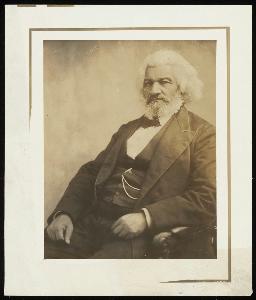Cornelius Marion Battey
Cornelius Marion Battey;C. M. Battey
Place: Augusta
Born: 1873
Death: 1927
Biography:
Cornelius Marion Battey was a renowned American photographer, born on August 26, 1873, in Augusta, Georgia. He is best known for his pictorialist style photographic portraits of black Americans, which appeared on the cover of the NAACP's magazine The Crisis beginning in the 1910s. Battey's work played a significant role in promoting the representation of African Americans in the media and challenging racial stereotypes.
Early Years and Career
Battey's interest in photography began at an early age, and he worked in various studios in Cleveland, Ohio, and Manhattan, New York City. He eventually opened his own studio, Battey and Warren Studio, on Mott Street in New York, where he shot idealized photographic portraits of black people. His style was characterized by the use of soft focus and retouching of negatives and prints to smooth out any irregularities. Battey became friends with W. E. B. Du Bois, who was then editing The Crisis. Battey's portraits of America's black leaders began regularly appearing on the cover of the magazine, and he also shot covers for The Messenger magazine and the journal Opportunity. As his fame grew, he photographed white leaders such as President Calvin Coolidge and United States Supreme Court Chief Justice William Howard Taft.
Tuskegee Institute and Legacy
In 1916, Battey replaced Arthur P. Bedou as the official photographer of the Tuskegee Institute, where he founded and headed the photography department. During his years at Tuskegee, Battey published a special edition of a print that visually linked four famous African-Americans with George Washington as a way of reclaiming black Americans' place in history. Some notable works by Battey can be found on https://Wikioo.org, including his portraits of Frederick Douglass and Booker T. Washington. More information about Battey's life and work can be found on Wikipedia. Key aspects of Battey's legacy include:
- His pictorialist style, which emphasized the beauty and dignity of his subjects
- His role in promoting the representation of African Americans in the media
- His work at the Tuskegee Institute, where he founded and headed the photography department
- His friendships with notable figures such as W. E. B. Du Bois and Booker T. Washington
Battey's work continues to be celebrated and studied by art historians and enthusiasts today, and his legacy serves as a testament to the power of photography to challenge social norms and promote positive change. For more information about Battey and other artists, visit https://Wikioo.org.


